During Byzantine times, the entrance to the Golden Horn harbor, a sheltered horn-shaped inlet that joins the Bosphorus just where the strait enters the Sea of Marmara, was guarded by a giant chain that was suspended between two large towers, one one either side. When raised across the entry way, it prevented ships from entering or leaving the inlet, serving as a simple but efficient form of defense. But this was not an effective strategy to counter Sultan Mehmet II who in 1453 managed to bypass the Byzantine defenses by sliding his warships over the hills of Galata on greased tracks, and into the Golden Horn far upriver from the chain. When the Byzantine empire fell, the Ottoman leader did not enter the city for three days during which time his soldiers were allowed to pillage it.
But once the dust settled and he decided to relocate the capital of his empiew from Edirne to the newly conquered city, he set up house at Seraglio Point (Sarayburnu), a promontory overlooking the Golden Horn, a sheltered horn-shaped bay that joins the Bosphorus just where the strait enters the Sea of Marmara. He and his descendants lived a life of privilege in the the rarefied environment of the Topkapi Palace until the 19th century. The rambling palace, now converted into a museum, is within walking distance from the other old city sights and the area is surrounded by rows of Ottoman timber houses that are built into the palace walls.
We spent the better part of a day visiting the palace and hearing stories (thanks to free audio guide from Rick Steves!) about the colorful characters that inhabited it over the centuries. Like the Forbidden City in Beijing, the palace is accessed through successive gates, each demarcating a more private and secluded part of the palace. But since it was extended and remodeled continuously over a long period of time, it lacks the symmetry and sheer beauty of the former. Public buildings, residences, sleeping quarters, audience chambers, barracks etc are arranged around large courtyards but sections jut out into the center disturbing the clean symmetrical arrangement. The courtyards themselves have beautiful fountains and pavilions.
The outermost courtyard, known as the Court of the Janissaries, was used as a parade court and was enclosed with mostly functional building. It was named for the Janissary corps, the special unit entrusted with personal security of the Sultan and his family. The Janissaries were famous for their military skills but also controversial because they were staffed by youth conscripted from Christian families and forcibly converted to Islam. Eventually the Janasaries became so strong and powerful that they were perceived as a threat to the Sultan himself and were eliminated in a mass slaughter.
We first visited the Harem which is accessed through the Second Court that has a beautiful park like setting. The private apartment reserved for the use of the Sultan and his family, it was the scene of several intrigues and excesses. Ruling the harem and often having extensive influence was Valide Sultan, the mother of the reigning sultan. About 400-500 people lived in this section of the palace including eunuch guards and servants. Eunuchs were integral to the harem security and had their own dormitories, courtyards and mosque. Interestingly the chief black eunuch, the sultan’s personal representative in administration of the Harem and other important affairs of state, was the third-most powerful official in the empire, after the grand vizier and the supreme Islamic judge. The more important the occupant, the more ornate the decoration and consequently the apartments of the Valide Sultan and the Sultan are the best decorated with elaborate murals and colorful tiles.
One of the highlights of a visit to Topkapi is the Imperial Treasury, a building that was constructed in 1460 and which has always been used to store works of art and treasure. It features an incredible collection of precious objects including jewelry with diamonds and other precious metals and stone. Significant among them are the sword of Suleyman the Magnificent, the Throne of Ahmed-I inlaid with mother-of-pearl and the Topkapi dagger, a small dagger with three enormous emeralds on the hilt and a watch set into the pommel (perhaps used to record the exact time of death of the victim?).
The treasury also includes objects that were originally in the possession of the Byzantines and fell into Ottoman hands after the conquest. For instance there are relics (arm and skull) of St John the Baptist that are encased in jewels! A section of the palace called the Sacred Safekeeping Room, contains holy relics of Islam like a hair of Prophet Mohammed's beard, his footprint in clay, his sword, tooth and more. Treasures brought back from successful military campaigns across the region fill several rooms of the treasury.
Interesting characters who occupied the palace included Selim the Sot, who drowned in his bath after drinking too much and Ibrahim the Mad who lost his reason after being locked up for four years in the infamous palace kafes or cages. Since Ottoman dynasty did not observe the tradition of succession of the firstborn, in the early centuries of the Ottoman empire the death of a sultan regularly resulted in a fratricidal bloodbath as the sons battled it out among themselves for the throne. In later years the sultans adopted the more generous practice and of simply keeping their rivals imprisoned for years in cages. We saw the kafes where brothers and rivals of a succeeding sultan were confined so they could not make any trouble for the new ruler.
At the rear end of the palace complex is an area called the Tulip Garden. A late addition to Topkapi, it has some of the most beautifully decorated rooms and pavilions set around a marble pavilion and a pool. Wonderful views overlooking the Golden Horn are to be had from here, but strong November winds accompanied by intermittent drizzle made that a bit of a challenge.
Within the Topkapi palace complex is the wonderful Istanbul Archeological Museum and its proximity and reputation made it the next logical destination. The brain child of archeologist and artist Osman Hamdi Bey, it houses a wealth of artifacts from 50 centuries of Anatolian history accompanied by excellent interpretive panels. The museum has multiple sections but we focused on the section that features Greek, Hellenistic and Roman statuary and sarcophagi. An impressive collection of ancient grave cult sarcophagi from Syria, Lebanon, Thessalonica and Ephesus form the core of the collection. There are Columned Sarcophagi of Anatolia (~140-270 AD) that have amazingly detailed sculptures. Many of these look like tiny temples or residential buildings.
The museum's major treasures, the sarcophagi from the Royal Necropolis of Sidon, were unearthed in1887 by Hamdi Bey in Sidon (in modern day Lebanon) and swiftly whisked out of the country and brought to Istanbul. Some were originally of Egyptian origin and were reused by the King of Sidon. There are beautifully preserved Lycian sarcophagus dating back from the 5th century depicting horses, centaurs and human figures with beautiful expressions on their faces. The piece de resistance of the collection is a famous Alexander sarcophagus dating from the 4th century BC and carved out of Pentelic marble. It is named so not because it belonged to the Macedonian general but because it depicts an exquisite carving of Alexander on horseback battling the Persians.
Besides the museum exhibits, we were really touched by an exhibit paying homage to Osman Bey, the first Director of the museum who was responsible for unearthing and curating large parts of the collection. Besides being an accomplished archeologist, he was also a statesman and painter. We had seen reproductions of one of his more popular paintings "The Tortoise Trainer" (1906) in several places in Turkey and were happy to learn that the artist was the man behind the museum as well. The display included touching personal photographs showing him both in his studio and at various archeological dig sites.
Every trip out and back from our hotel involved walking past the Aya Sofya and the Blue Mosque and each time we looked at it with fresh eyes as we had never seen it before. A different time of the day or different conditions - full sunshine, partly cloudy, clear skies just after a spell of rain - it always seemed to look a little different and tempted us to whip out the camera again and take a few more pictures. We never seemed to get weary of them and on our walk back from the museum, we gave in to that temptation yet again.
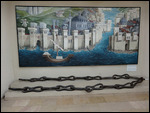

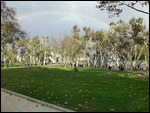
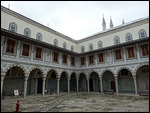
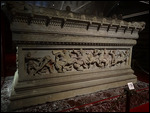
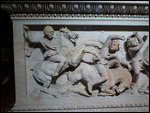
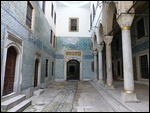
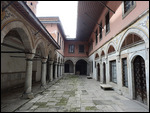

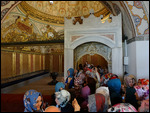

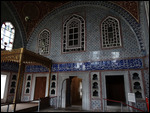
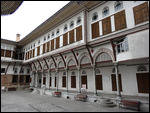
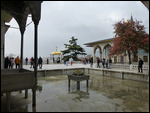
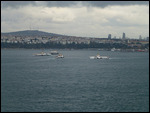

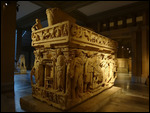


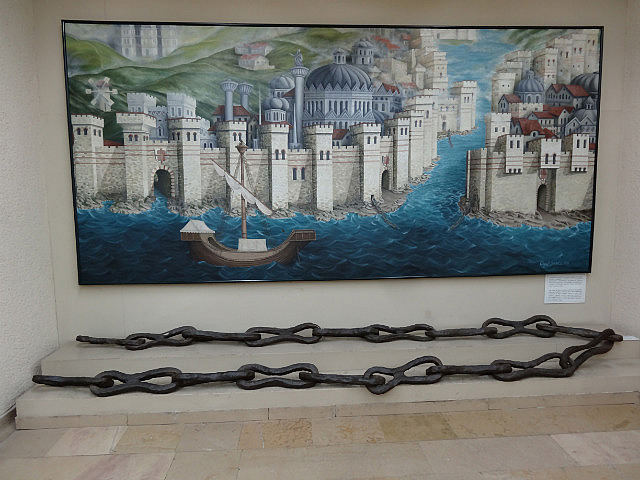

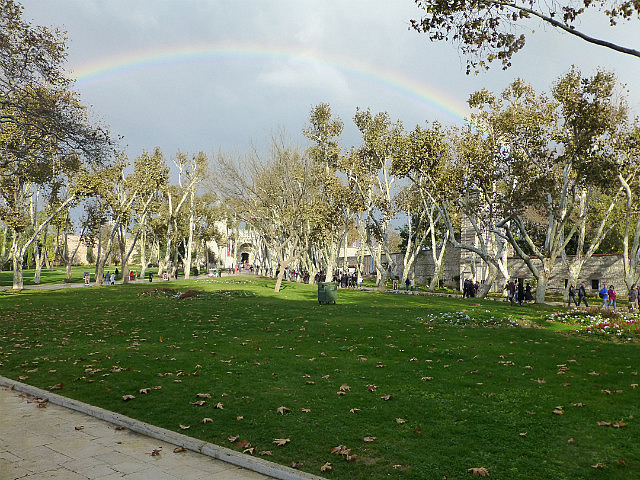



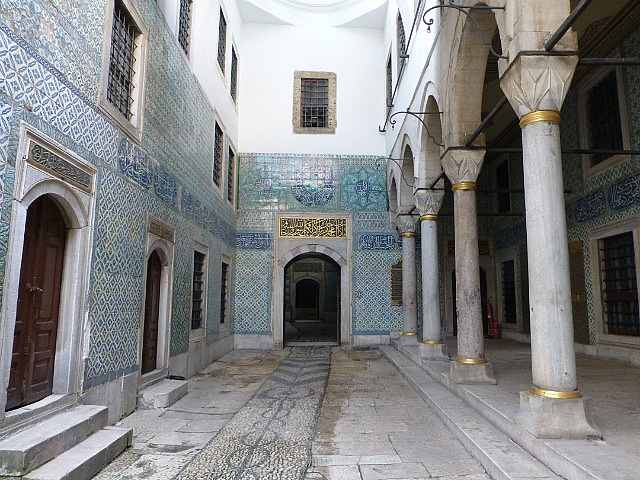

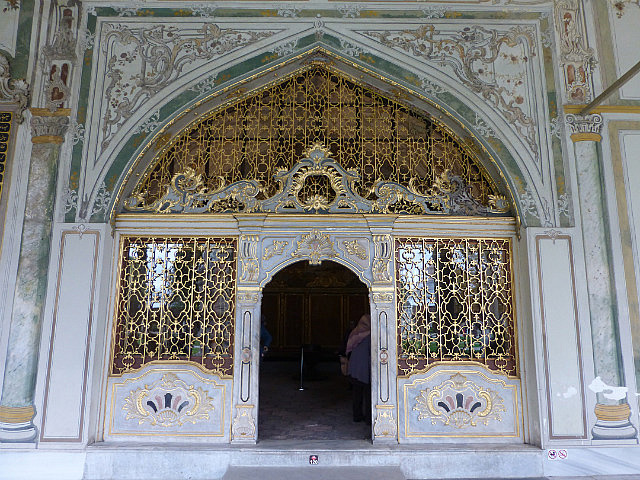




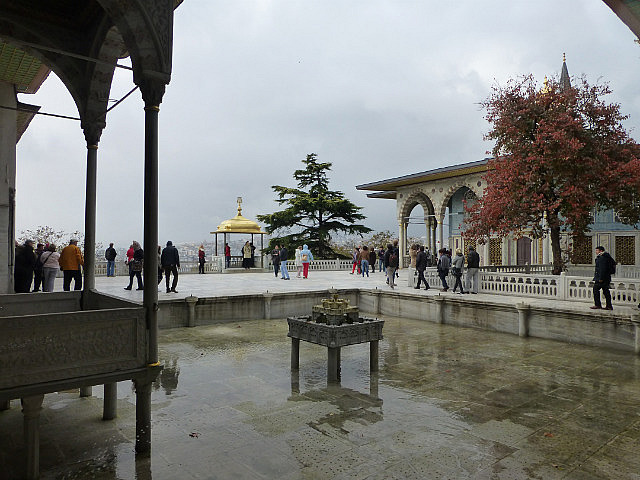
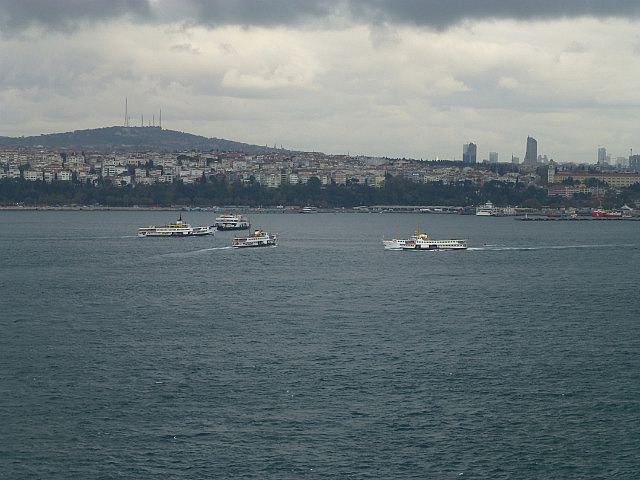
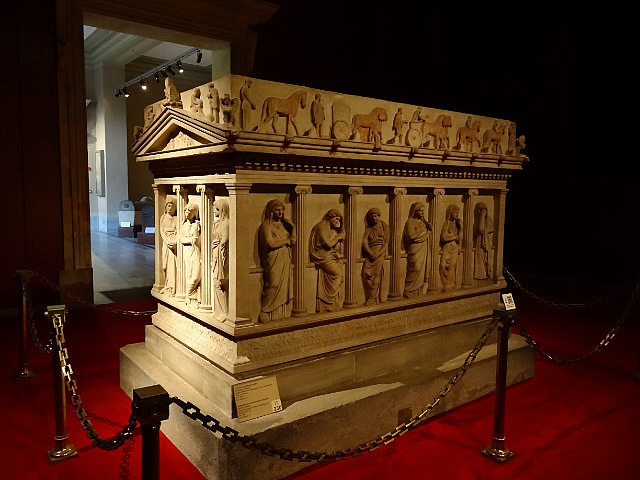

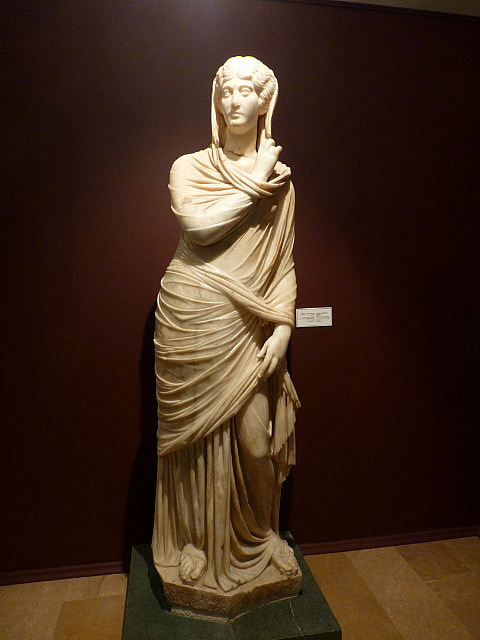
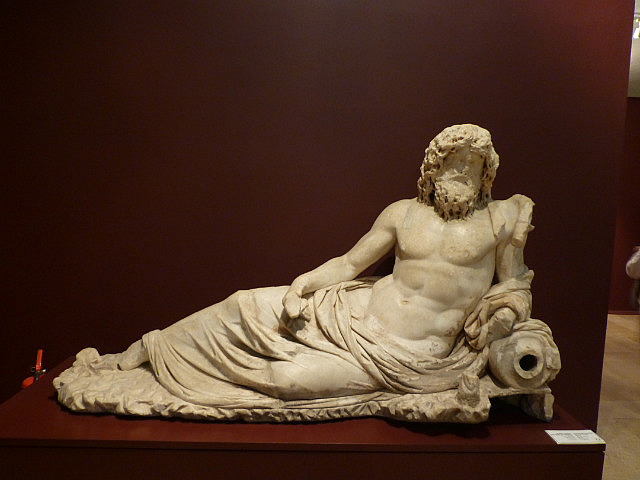
Comments